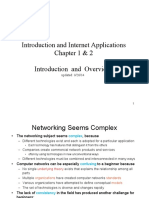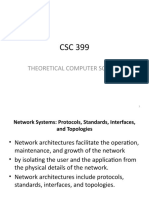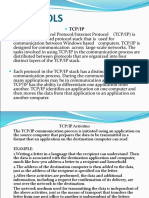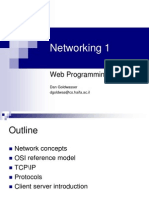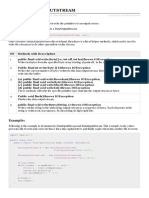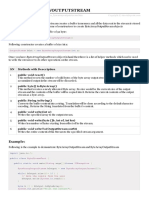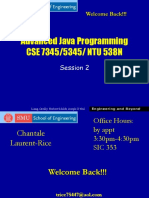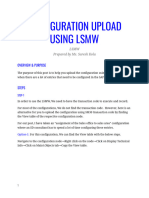0% found this document useful (0 votes)
179 views35 pagesCOS 461: Computer Networks: Jennifer Rexford
This document provides an overview of the COS 461 Computer Networks course, including its goals to teach network programming skills, knowledge of how the Internet works, and key networking concepts. The course will cover topics like sockets, IP, transport protocols, routing, and applications in a layered approach over two halves of the semester, and will include programming assignments using the Stanford VNS network simulator.
Uploaded by
Malu SakthiCopyright
© © All Rights Reserved
We take content rights seriously. If you suspect this is your content, claim it here.
Available Formats
Download as PPT, PDF, TXT or read online on Scribd
0% found this document useful (0 votes)
179 views35 pagesCOS 461: Computer Networks: Jennifer Rexford
This document provides an overview of the COS 461 Computer Networks course, including its goals to teach network programming skills, knowledge of how the Internet works, and key networking concepts. The course will cover topics like sockets, IP, transport protocols, routing, and applications in a layered approach over two halves of the semester, and will include programming assignments using the Stanford VNS network simulator.
Uploaded by
Malu SakthiCopyright
© © All Rights Reserved
We take content rights seriously. If you suspect this is your content, claim it here.
Available Formats
Download as PPT, PDF, TXT or read online on Scribd
/ 35

















